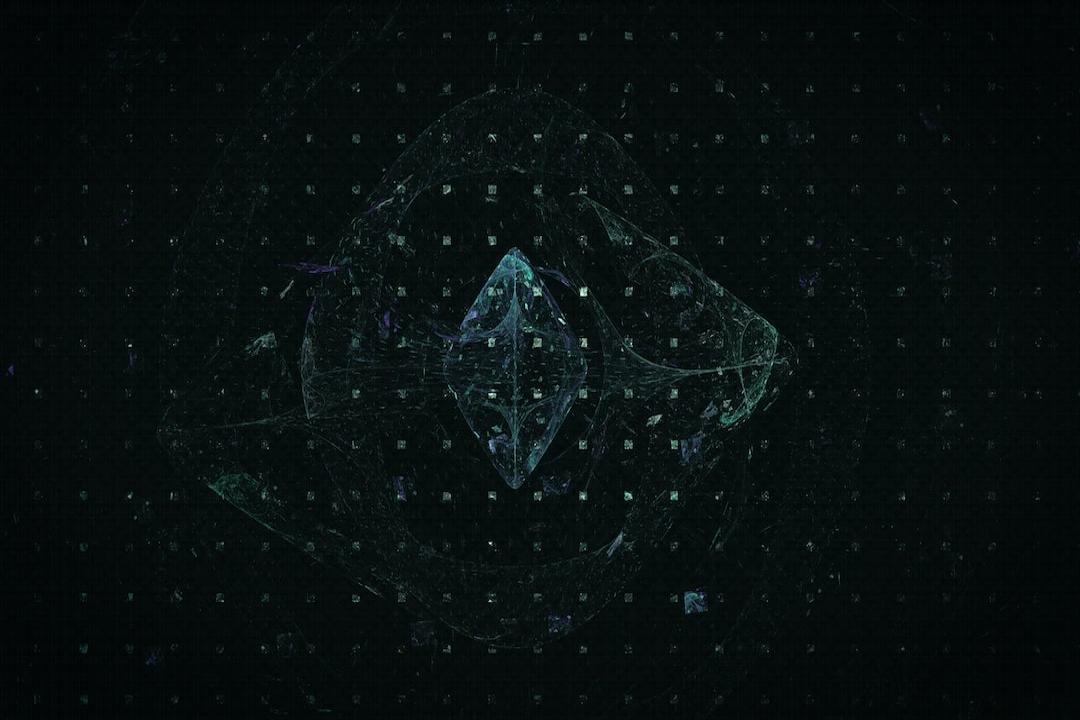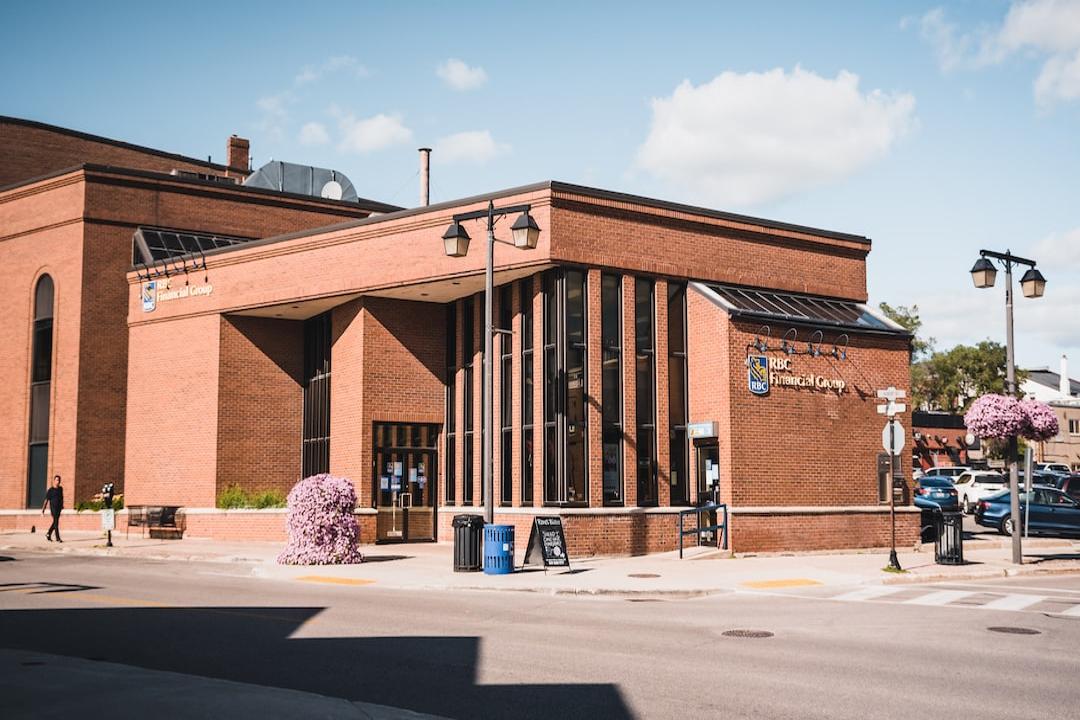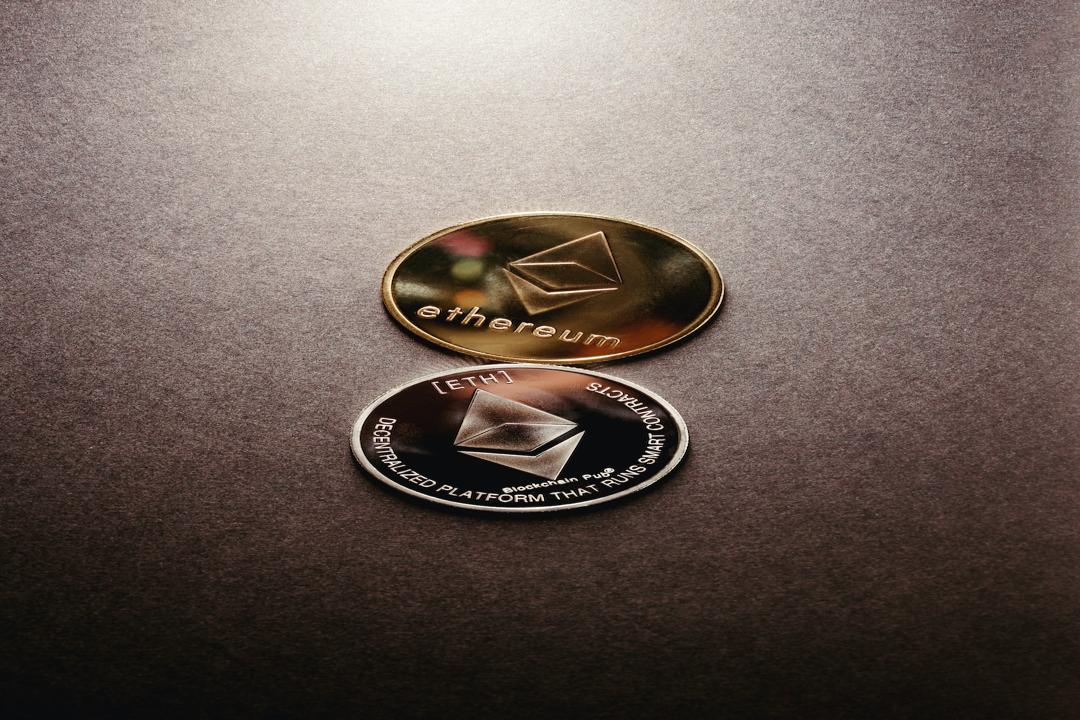Is “Layer2 Chain” the Antidote for Ethereum’s Slowness and Expensiveness?
As the Ethereum ecosystem continues to thrive, the issues of slow transaction speeds and rising transaction costs have become increasingly severe. For example, with the recent rise of meme coins, the average transaction fee on Ethereum reached as high as $30, making it even more expensive than some of the coins being traded.
To address Ethereum’s problem of being “slow and expensive,” a solution called Layer2, a second-layer blockchain network, has emerged.
If we imagine the blockchain as a highway, the current Ethereum network, known as the “road,” is facing severe traffic congestion. To alleviate this, many fast lanes or overpasses, called “Layer2 chains,” are being built above the road to accommodate more users.
Layer2 offers faster transaction speeds and lower transaction costs. For example, the well-known Layer2 solution, Polygon, has increased transaction speeds by 65 times while reducing transaction fees to one-third of Ethereum’s fees. This allows users to afford transactions and applications on the blockchain, promoting the flourishing development of the ecosystem. It has also attracted many developers to contribute to expanding Layer2 functionality and application scenarios, such as privacy protection and cross-chain operations, thus expanding the applications of blockchain.

The introduction of a new transaction type called “blob” through the Cancun upgrade on March 13th has increased the data capacity of Layer2 blocks. This, in turn, has made transaction fees cheaper.
This proposal not only reduces the cost of Ethereum Layer2 and improves efficiency but is also a crucial key to Ethereum’s further scalability and competitiveness on Layer2, according to Vitalik Buterin, the founder of Ethereum. He mentioned that after the Cancun upgrade, the cost of Layer2 has significantly decreased, sometimes even by 50 times. The team also expects the number of blobs supported by Ethereum to continue increasing in the coming years.
As for the future development of Layer2, Vitalik Buterin believes that Layer2 chains will focus more on specific needs. This means that each chain will focus on specific areas, such as DeFi and NFT.
However, he also warns that as more users adopt Layer2, costs may increase again. Therefore, the scalability of the blockchain will remain a significant challenge for Ethereum.

Let’s take a look at two Layer2 chains that are worth paying attention to, based on their Total Value Locked (TVL) – the total value of digital assets locked in user DeFi protocols, which is often used to measure the market conditions, market share, and adoption of projects or users on Layer2.
Highest TVL: Arbitrum
Arbitrum, developed by Offchain Labs in 2021, is currently the largest and has the highest TVL of all Ethereum Layer2 chains, reaching $4.2 billion. It accounts for nearly 40% of the total TVL in the Layer2 field.
Arbitrum utilizes a technology called “Optimistic Rollup” to send transaction tasks on the chain to Layer2 protocols. After compressing and packaging the result information, it is sent back to the main chain, ensuring the security of on-chain assets while improving Ethereum’s efficiency and reducing transaction fees.

Arbitrum is tightly integrated with the Ethereum mainnet and fully compatible with the Ethereum Virtual Machine (EVM). This allows developers to easily migrate their applications to Layer2 without modifying the underlying code. The prosperous ecosystem on the chain is also a significant factor in attracting a large amount of locked crypto assets. Many well-known Ethereum projects, including top DeFi protocols like Uniswap, Sushiswap, and Curve, have already deployed on Arbitrum.
Most Popular: Polygon PoS
Polygon, an Ethereum scaling solution, is a highly popular Layer2 chain. It currently has a TVL of $1.1 billion. According to official data, Polygon has 210 million wallet addresses, 1.17 million deployed smart contracts, and a staggering $12 billion in NFT sales. In a recent survey, Polygon surpassed other Ethereum Layer2 solutions, including Arbitrum, Optimism, and Immutable, with a high support rate of 44%.
Polygon effectively solves Ethereum’s problems, with a transaction volume of up to 65,000 transactions per second (TPS) and an average transaction fee of 6 gwei (1 Gwei = 0.000000001 ETH). This outperforms Ethereum 2.0 after the upgrade, which can only handle 1,000 transactions per second with an average transaction fee of 18 gwei.

The low transaction fees and fast speeds make Polygon particularly favored in the gaming and NFT sectors. It has even surpassed Ethereum in terms of total NFT sales on the world’s largest NFT marketplace, OpenSea.
Polygon has leveraged its advantages on the chain by actively attracting consumer-oriented projects like NFTs, such as Starbucks’ NFT membership program. It has also attracted many GameFi projects, including the well-known metaverse blockchain game Sandbox and the blockchain gaming virtual asset trading platform Fractal, co-founded by a Twitch co-founder.
These GameFi projects create a large number of NFTs to enhance user gaming experiences, further enriching the development of NFTs on the Polygon chain.
Although these two Ethereum Layer2 chains have different technical routes and characteristics, they both provide more efficient and cost-effective solutions for the Ethereum ecosystem, creating more possibilities for decentralized applications.
Proofreaders: Gao Jingyuan, Chen Junyi

